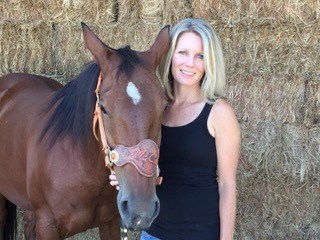Oral Glucose Tests Could Predict Laminitis Risk in Ponies

Laminitis continues to be a research priority due to its prevalence and severity. Although researchers have identified a number of causes and risk factors, predicting which horses will actually develop this complex hoof disease isn’t always black and white. For example, veterinarians often use the oral glucose test (OGT) to detect insulin dysregulation—a fairly reliable predictor of laminitis—but the connection between laminitis risk, the OGT, and blood glucose and insulin concentrations has remained a gray area.
A group of Australian researchers recently set out to examine the relationship between these three factors, hypothesizing they could incite laminitis in a predictable way and that they could predict the condition’s speed of onset and severity based on insulin glucose response to a high NSC (nonstructural carbohydrate) diet
Create a free account with TheHorse.com to view this content.
TheHorse.com is home to thousands of free articles about horse health care. In order to access some of our exclusive free content, you must be signed into TheHorse.com.
Start your free account today!
Already have an account?
and continue reading.

Written by:
Casie Bazay, NBCAAM
Related Articles
Stay on top of the most recent Horse Health news with















